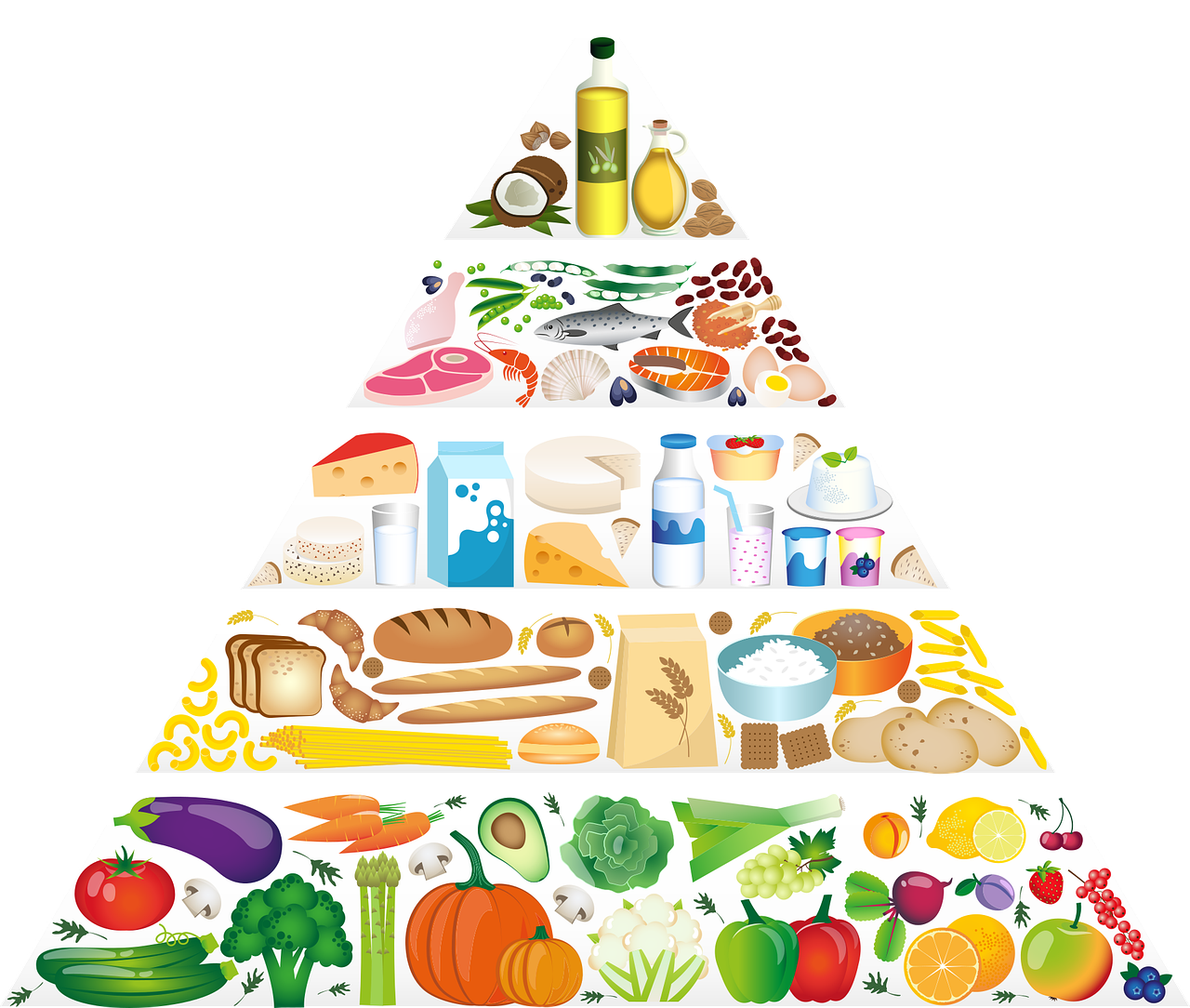Início Práticas alimentares propostas pelo Guia Alimentar para a População Brasileira (2014): cenário...
Brasil

Práticas alimentares propostas pelo Guia Alimentar para a População Brasileira (2014): cenário após seis anos de seu lançamento
Resumo:
Introduction: The global overweight syndemia demands the institution of public policies and intersectoral actions that affects the health determinatives. The Dietary Guideline for the Brazilian Population (DGBP), published at 2014, constitutes an essencial tool and delivers a holistic approach regarding alimentation, dialoguing with cultural, social, economic and environmental facets whilst introducing the NOVA food classification. The objective of this study was to assess the food consumption by Brazilian individuals under the enlightenment of the NOVA food classification in accordance with the DGBP. Review: An integrative review of studies, using the descriptors ‘Guia Alimentar’ and the terms ‘Food Guide’ AND ‘Brazil’ for English searches. The descriptor ‘Guia Alimentar’ and the filter ‘Brasil’ were used on SciELO database, prioritizing researches done in national territory. On LILACS database, the descriptor ‘Guia Alimentar’ and the publication interval filter, comprehending a period of five years (2015-2020), were used. On Cambridge Core database the descriptors ‘Food Guide’ AND ‘Brazil’ and the filters: type of content, publication date and subject limitation were used. After the adoption of the eligibility criteria, eight studies were selected. Discussion: It was observed a suboptimal adequacy of the dietary practices endorsed by DGBP, with the high consumption of ultra-processed aliments to the detriment of the natural ones. The variables socioeconomic class, family income, demographics, scholarship level, gender and age range, have a direct relation with the adoption of healthier and most suitable dietary practices. The food consumption of the Brazilian population is at odds with the dietary recomendations proposed by the DGBP through NOVA food classification. Final considerations: The disassemble and the underfunding of public dietary and nutrition policies may complicate the dissemination of the Guide’s messages, diminishing the potential of the Dietary and Nutritional Education actions particularly in the Primary Health Care.
Keywords: dietary guideline, Brazil.
Expandir Resumo
Acessar Texto Completo

